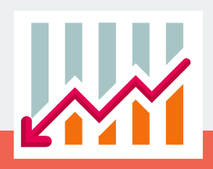Reverse Mortgage - Historical Background

As a reaction to the excesses of Industrialization, and the since-discredited beliefs in Social Darwinism and American Exceptionalism during the Gilded Age from 1865 to 1915, there was more social legislation passed by Congress in the United States in the Twentieth Century than at any time before or since. This included child labor laws, food safety inspection, and public education. In 1913 the 16th Amendment to the Constitution was ratified which made federal personal income tax legal. Prior to this time the Federal Government got all of its revenue from tariffs and excise taxes. Now they could tax income as well and by the ‘Roaring Twenties” the government had a lot of discretionary income.

After the Great Depression began in 1929, President Roosevelt, who took office in 1933, used much of these federal funds to create programs that kept America afloat and created social safety nets to help the working classes. One piece of social legislation that would have far reaching impact was the Social Security Act of 1935 that was passed by Congress as part of the New Deal. What they said the act would do is solve senior poverty.



